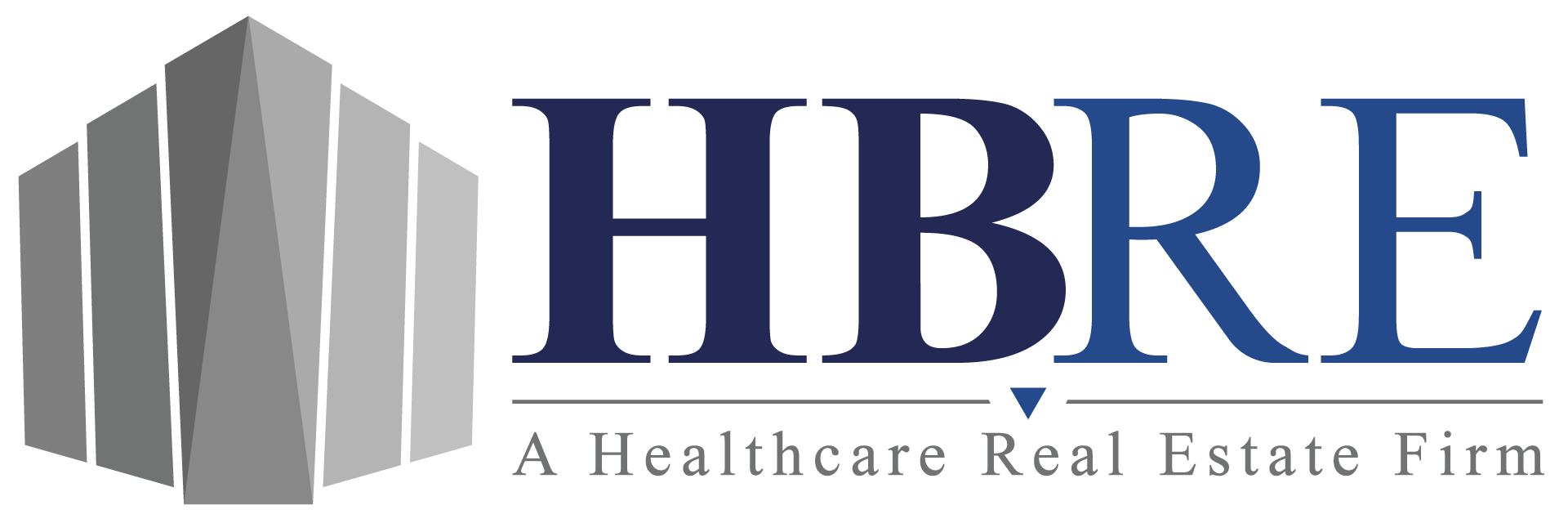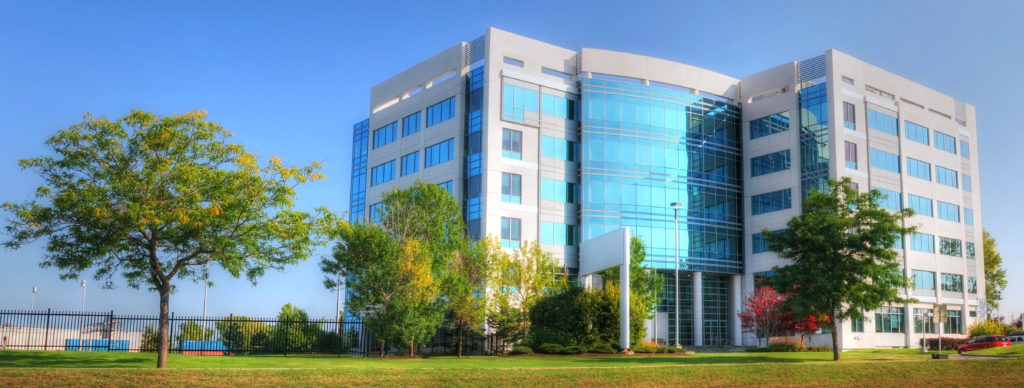Most commercial real estate lenders have something in common: they want to loan money for real estate that presents a relatively low risk that enables them to get paid a healthy return on their money over the term of the loan. Medical office buildings and other forms of healthcare real estate are the types of lower risk properties that lenders generally feel good about. Location of the building, positive cash flow, and strong credit tenants are some other factors that can lower the risk and make a medical real estate loan more attractive.
Over the last several years, the volume of buildings constructed and the absorption rate for that new space within the healthcare real estate sector has grown at an exponential rate, and the demand for medical real estate is expected to continue to increase in the coming years due to several factors.
High Demand for Medical Real Estate
There continues to be a huge demand for medical real estate due to its very purpose: providing physical space to serve people’s individual health and medical needs. People are living longer, and more people are reaching retirement age faster than ever before in U.S. history. The unprecedented aging baby boomer population is a strong factor in this continued demand for medical real estate both now and in decades to come.
Longer Terms on Leases and Less Vacancy
Medical tenants tend to move offices less frequently than retail or non-medical office users. It is much more common for a medical tenant to sign a 7, 10, or 12 year lease than a typical non-medical office tenant or a retail tenant. Tenants comprised of physician group offices, dialysis clinics, surgery centers, outpatient treatment centers and other types of medical use facilities typically stay longer in the same space. In many cases, their spaces have been designed for their specific medical use, including installation of expensive medical equipment that has resulted in substantial effort and cost, requiring a longer term in order to justify the installation expenses by the landlord and/or tenant.
Because of these longer term leases, medical real estate tends to have lower vacancy rates compared to other commercial real estate sectors such as retail, non-medical office or industrial. There are additional reasons that contribute to lower vacancy rates. In addition to the cost and complexity of building their space out, medical facilities are increasingly strategically located or built in specific communities to allow easy access for their patients, or in the case of medical-use tenants that prefer to be close to a hospital, they want the benefit of securing their space for longer durations for their on-campus or near-campus facilities.
Synergy between Tenants Create Stability
The wonderful thing about medical real estate is the ability it has to create synergy among the various tenants within a building or medical campus. For example, we have clients that own large medical-use buildings, or are part of a larger close-knit medical campus, that contain physicians within a specific branch of medicine such as oncology or dermatology that may also house a traditional or integrative primary care practice, and even a health spa. This type of tenant makeup creates stability among the practices because the services provided by one tenant compliments another. Tenants can refer clients to each other while also promoting overall health and wellness. We are seeing more and more of this kind of interaction in both single building scenarios as well as hospital campus environments.
Additionally, lenders look for high-quality real estate assets with strong track records of consistent lease revenue and good building conditions. This can be a strong indication of future performance.
HB Medical Real Estate works with many types of lenders that offer a variety of financing products to the healthcare real estate industry. Feel free to reach out to us at hbmre.com if you are interested in purchasing, selling or leasing medical real estate or if you have any questions.




